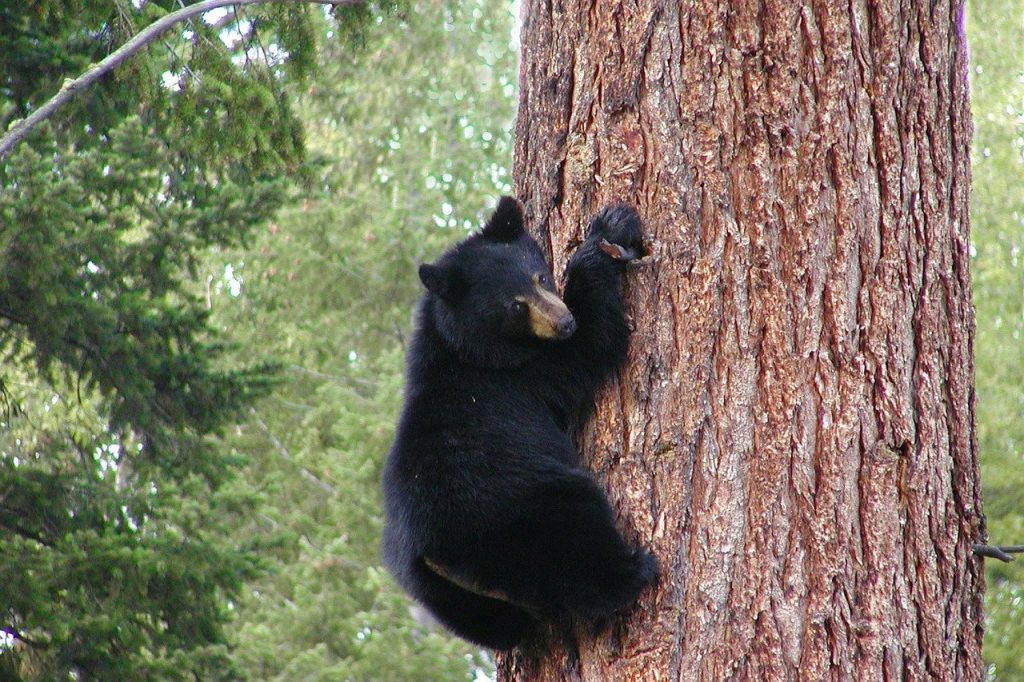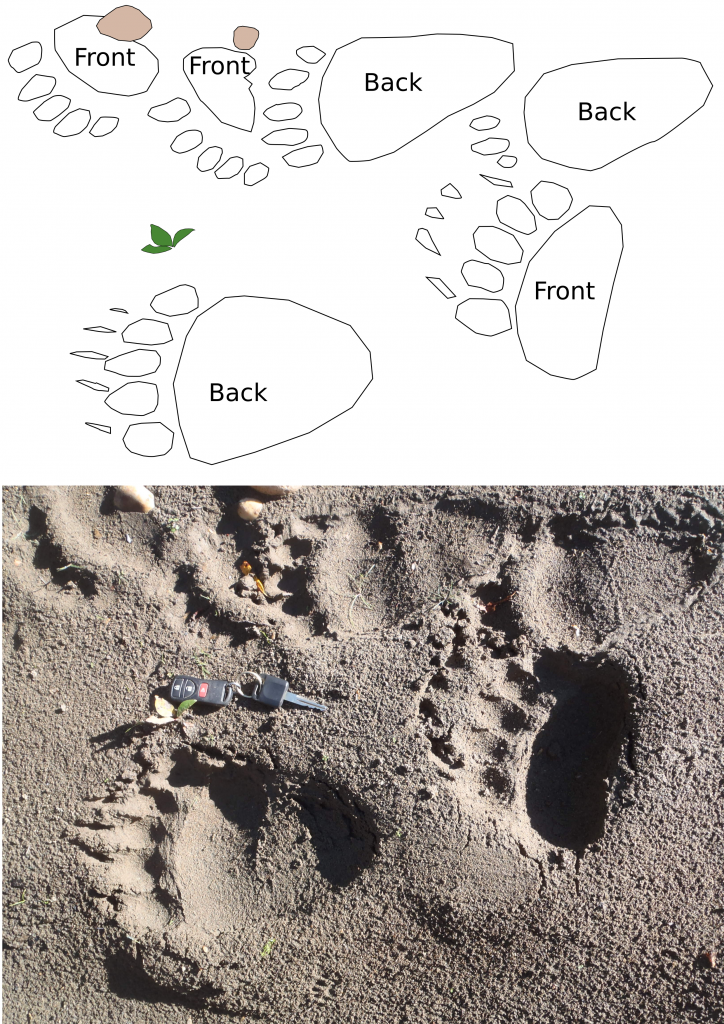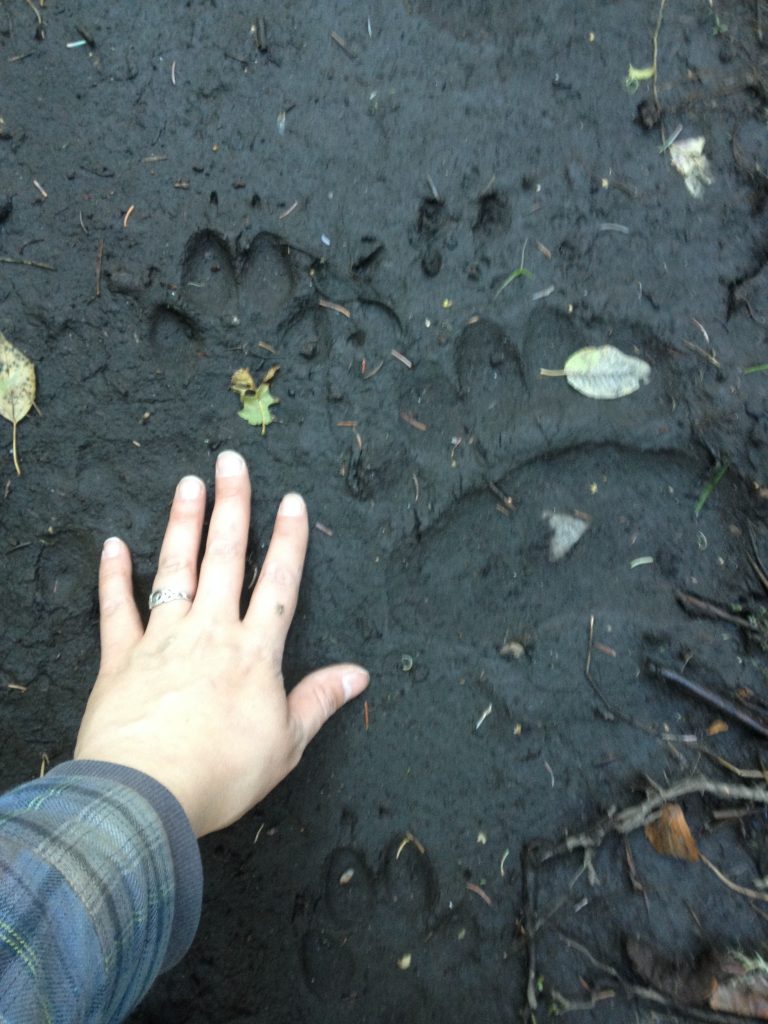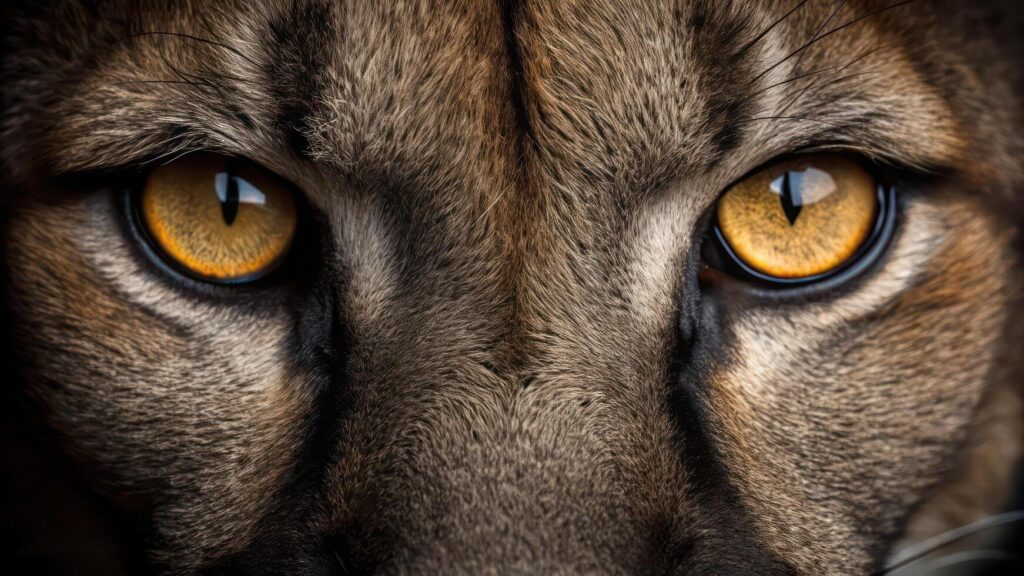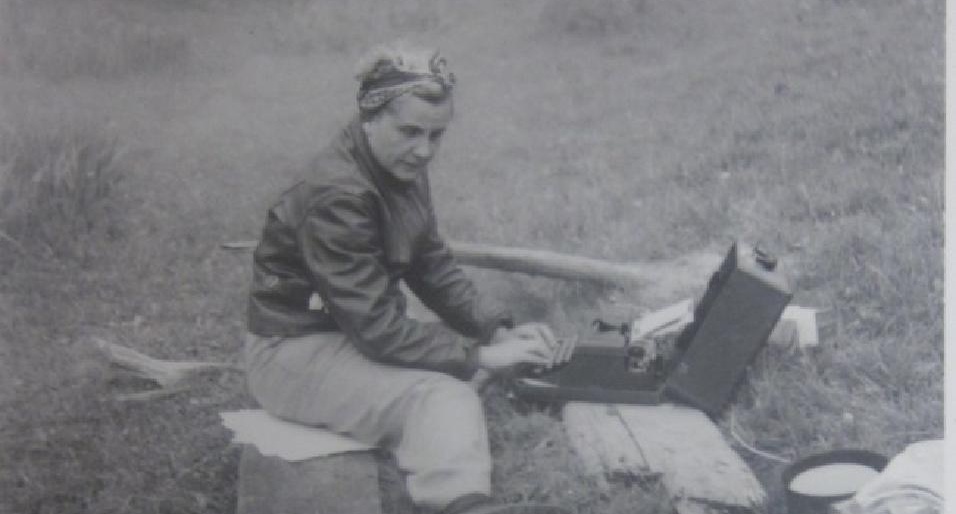Post Category : Field Life
Animal Track – Bears
Bears! Bears Everywhere!
Stories of bear encounters captivate me. I’m not alone in this. Most people just love hearing about bears! Members of Ember’s field staff have had many bear encounters throughout the years and several of us have had run-ins with both species of bear in Alberta: Black Bear (Ursus americanus) and Grizzly Bear (Ursus arctos). We regularly see their tracks and other evidence of their presence ( e.g. berry filled scat and ripped up ant hills.
The Evolution of Bears
Bears have a very interesting evolutionary history. Prior to researching this blog, I had little idea of the breadth of bear diversity. The earliest known bear ancestor originated in North America. It was a small, raccoon-like creature that lived around 38 million years ago. Bears had two diverging subfamilies around this time. Ursidae evolved into modern bears, whereas Hemicyoninae [pronounced hemi-cyon-in-eh] were small, dog-sized bears that likely hunted in packs. The last members of Hemicyoninae went extinct about 5.3 million years ago.
There are eight living bear species in the Ursidae sub-family. These include Brown (or Grizzly) Bears, Polar Bears, Asian Black Bears, American Black Bears, Sun Bears, Sloth Bears (you heard me right), Spectacled Bears, and Giant Pandas. The Sun Bear is the smallest of the bear family weighing in at approximately 60-170 lbs. Polar Bears are the largest and can weigh a jaw dropping 770-1,500 lbs. American Black Bears and Grizzly Bears are actually distant cousins, but Polar Bears and Grizzly Bears are much more closely related. They have been known to inter-breed and create viable Polar – Grizzly Bear hybrids (aka. pizzily bears, nanulak, grolar bear, or polizzle). As of 2017, there have been 8 genetically confirmed hybrids discovered in the wild and they all descend from a single female.
A Cultural Icon
Bears are almost universally revered in human cultures. The constellations Ursa Major and Ursa Minor (aka. the big and little dipper) were named during the time of Ptolemy around 100 AD, and may have been associated with bears for at least 14,000 years. Bears play important roles in many ancient mythologies and were associated with paganism by early Christians. Legends of saints taming bears are quite common in Alpine regions of Europe.
The Latvian legendary hero Lacplesis was famed to have killed one with only his bear hands and was believed to possess superhuman strength. To this day there remains a military award bearing Lacplesis’ name, which literally translates as “Bear Slayer”. It is the highest military honor in Latvia.
Bears also have been the face of many emblems and portrayals of nations, states and various cultural groups for centuries. In North American indigenous cultures, bears were often viewed in both awe and fear. Gwich’in, Athapaskan-speaking peoples residing in Yukon and Alaska conduct the same preparation for a bear hunt as they would if they were going to war with another tribe. For the The mythology of the Kwakiutl peoples on northern Vancouver Island states that the Black Bears and Grizzly bears are at war, which was sparked from when Grizzly Bear Woman Killed Black Bear Woman for being lazy. In turn, Black Bear Woman’s cubs killed Grizzly Bear Woman’s cubs.
If you want to see if bears are still revered today just look at bear 122 “The Boss”. This bear is approximately 20 years old, 300 kilograms (660 lbs), and has at 2500 km2 range that includes Jasper, Banff and Kootenay National Parks. This grizzly bear got his name because he hunts down, kills, and eats Black Bears! He’s also the father of five cubs from different mates, has survived being hit by a train, broke into the Banff dump, and startled many tourists and locals alike by taking a stroll through town in broad daylight. A quick search will result in dozens of news articles about this individual bear many from even national sources. This bear is practically famous!
Status in Alberta
Two of the three bear species in Canada are protected. Black Bears are fairly common in the foothills, Rockies, parkland, and boreal forest of Alberta. You should be prepared to encounter Black Bears just outside Edmonton and they have occasionally wandered into nearby suburbs like St. Albert and even Edmonton’s river valley. Black Bears ranges are currently expanding and there are approximately 40,000 in Alberta.
Grizzly Bears are far less common. They can be found in the foothills, rockies and along the Swan Hills of north central Alberta. Grizzly Bears are considered threatened in Alberta, as their population is thought to be around 700-800. It is illegal to hunt a Grizzly Bear in Alberta. Poaching a Grizzly Bear could land you a $100,000 fine and/or a year in jail.
Recognizing the Signs
Bear tracks are fairly easy to identify. Both species of bear in Alberta have differently shaped front and back paw tracks. The front paw track is generally smaller. as Bears walk on their front toes and pads, but use their entire back pads. This makes their back paw tracks much larger and they might appear to be made by another animal to the untrained eye. Black Bear tracks and Grizzly Bear tracks can be differentiated by their size and a gap between the toes and claws present in Grizzly Bears. Grizzly Bears have long, curved claws but Black Bear’ are generally straight.
A bear’s general size can be determined by the width of the front paw track. If you measure the track in inches and add one, you will get an estimation of the bear’s height in feet. A track that is 5 inches across was likely made by a bear about 6 feet tall.
Bear Safety ANd Awareness
Above all, bears should be respected if encountered in the wilderness. They can be extremely dangerous and good luck out running one. This is especially true if bears are starving, surprised or defending their cubs, territory, or a meal. Prior to working or traveling in the bear country, everyone should take Bear Awareness Training, carry bear spray and first aid supplies, and travel in groups of two or more. Each of Ember’s field staff have been trained to read bear’s body language, how to respond to different types of bear-behaviors, and how to use bear spray properly in an emergency.
Although we often think of bears as being a forest or mountain dwelling animal, urban environments are increasingly becoming their home. Bears, no matter the species, that have been habituated to humans are the most dangerous. They associate humans with food. If you live in bear country (ie. most of northern and central Alberta), live bear smart. The best way to protect both yourself and bears is to make sure bears are not attracted to your garbage. Don’t leave garbage outside overnight. Don’t store compost outside. Use, or encourage your community to get bear proof containers and clean up fruit trees during the fall. These simple steps can ensure that bears are not attracted to your house or community and both you and bears can remain safe.

Tim Allan
Permit Archaeologist
Timothy Allan is a Permit Archaeologist with Ember Archaeology. He has permit holder status in Alberta, and holds permits in the Boreal, Parkland, and Eastern Slopes regions. Timothy has authored publications on the analysis of stone materials that can be found at archaeological sites in Alberta. Timothy offers portable X-Ray Fluorescence testing as a service to help other archaeologists, museums and government agencies analyze obsidian, historic metals, and other artifacts. Timothy enjoys travelling, camping, and hiking across Alberta and Northern Canada, and feels right at home in the mountains either for work or just for fun.


